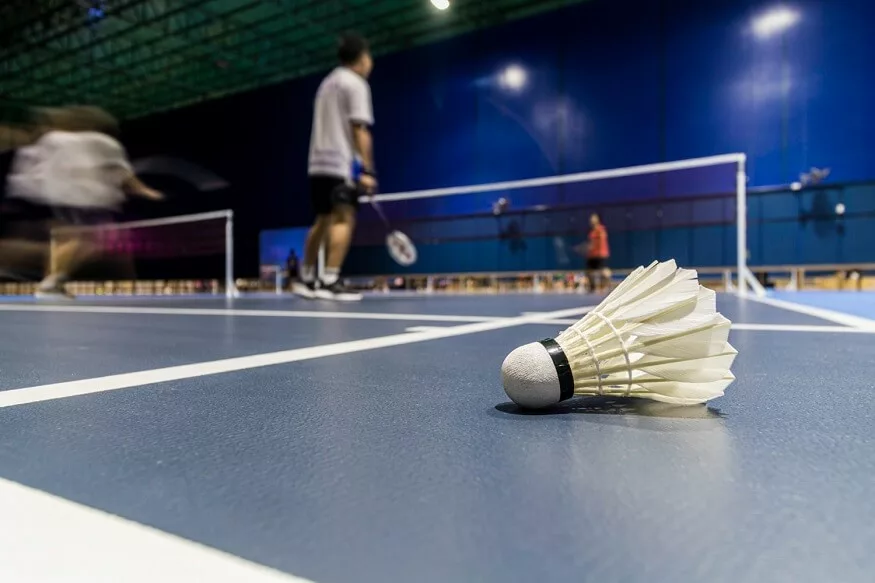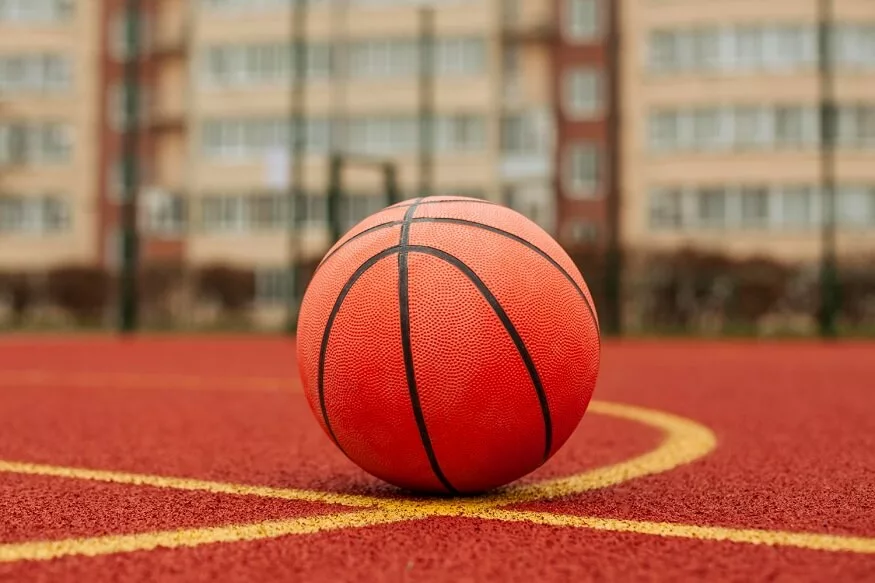Badminton has become a popular sport the world over. Thanks to the champion Indian players such as Saina Nehwal, PV Sindhu, P Gopichand, Sai Praneeth and S Kidambi, who have over the last decade or so taken badminton’s popularity to greater heights in India.
What makes badminton the preferred sport in India? First and foremost is the low cost of equipment required to play the sport. Unlike cricket, hockey and football, which need eleven players on a side to enjoy the game, in badminton, all one needs is two interested players, a pair of racquets and a shuttlecock (or birdie) to enjoy the game.
Although badminton is an indoor sport played on concrete, wooden or synthetic indoor courts, badminton in India can be seen being enjoyed on roads, in parks, and practically anywhere with a little space available.
Also Read: How to Play Badminton: Rules and Scoring
Badminton Formats
The simplest form of badminton is a two-player singles game. However, there are varied formats that the game is played in at professional levels:
- Men’s Singles: Two male players play against each other
- Women’s Singles: Two female players play against each other
- Men’s doubles: A team of two males plays against another team of two males
- Women’s doubles: A team of two females plays against another team of two females
- Mixed doubles: A team of one male and one female plays against another team of one male and one female opponent.
In a casual badminton game, men and women play together depending on who is available and interested.
Also Read: Badminton Vs. Tennis: Similarities and Differences
Equipment Needed
- Racquets: The game requires two racquets for a game of singles and four for a game of doubles. A badminton racquet has the following parameters:
- It is an oval-shaped piece with strings running through it.
- The string thickness varies from 0.62 to 0.73 mm.
- Racquets are made from various materials, including carbon fibre composite, solid steel, and wood.
- In the past, wooden racquets were common. Nowadays, carbon fibre composites are popular because they make racquets lighter and stronger.
- A good racquet typically weighs between 2.5 and 3.4 ounces (70 and 95 grams).
- The racquet’s handle has a cloth grip, making it easier to hold and improving control for the player.
- Shuttlecock or birdie: The shuttle has the following properties:
- It is a cone-shaped object made up of 16 real or synthetic feathers attached to a wooden or rubber cork base.
- It is 65-70 mm long
- It weighs between 4.5 to 5.5 grams.
- The tip of the feathers makes a circle with a diameter of around 60 mm
- The cork base is semi-spherical in shape with a diameter of around 25 mm.
- Non-marking shoes (if playing on synthetic courts)
Also Read: Table Tennis: Rules for Singles & Doubles You Must Know!
Badminton Courts
Badminton can be played in any open area. In India, you find players casually enjoying the game of badminton on the streets, by roadsides, or in parks. However, more professionally, badminton is played on indoor courts. These courts could be of a variety of types.
- Synthetic Badminton Court
- Wooden Badminton Court
- Cement Badminton Court
- Rubber Mat Flooring
- Outdoor Badminton Courts
The following are the dimensions of a badminton court:
- Standard: 44 feet in length and 20 feet in breadth.
- For a singles game: The effective breadth of the court in play is reduced to 17 feet.
- For a doubles game: The effective breadth of the court is 20 feet.
- Net height: The net is at a height of 5 feet in the middle and the ends are at a height of five feet one inches from the ground.
Rules and Scoring System
- The game of badminton is initiated with one player serving from one side of the net to their opponent on the other side.
- The serving player must hit the birdie from below waist height into the diagonally opposite court over the net and without touching the net.
- The player serving must serve from behind the serving line and the serve should fall beyond the service line of the opposite court.
- If the serve falls short of the service line, the serving player loses a point and the serve is transferred to the opposite side.
- All players must remain stationary while the serve is being made.
- The server starts from the right side of the court and serves from the right court whenever they have even points.
- All odd points are served from the left half of the court.
- In the case of doubles, the server starts from the right side of the court and keeps serving as long as they win points alternating sides with their partner.
- On losing the point, the serve passes to the opposite side to the partner who was not serving last.
- The point is scored when either one of the sides hits the shuttlecock outside the opposite court or is not able to hit the shuttle back across the net into the opposite court.
- The side that wins the point gets the serve. A point is also conceded if a side hits the shuttlecock twice with their racquets.
- Touching the net with your racquet or your body also results in you conceding the point.
- If the server wins the rally, they gain a point and continue serving. If the receiver wins the rally, they gain a point and get the serve.
- A typical match is of 21 points and the player who reaches 21 points first wins the match.
- If the score is 20-20, one of the sides needs to win two consecutive points to win the game. If the game reaches 29-29, the side to win the 30th game first wins.
Also Read: Tennis: Rules for Singles & Doubles You Must Know!
EuroSchool has top-notch badminton courts where our students enjoy playing the game. We encourage our students to engage in various sports, including badminton. This enables our students to develop holistically.










